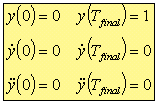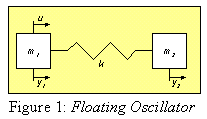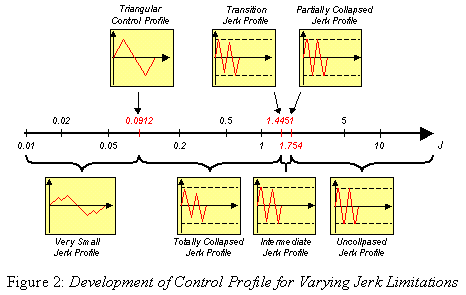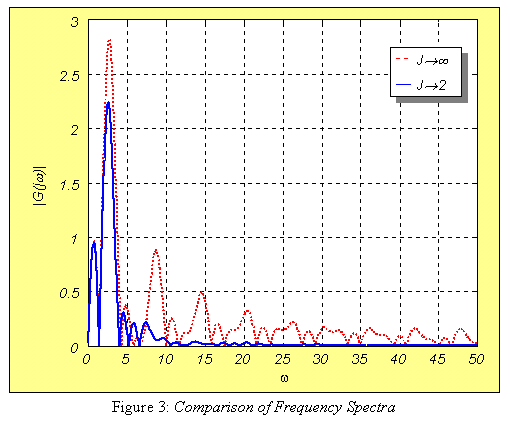Robust Jerk Limited Time Optimal Control
Introduction
Jerk is an indicator of the time-rate of change of inertia forces and thus a measure of the impact levels that can excite unmodeled dynamics. The unmodeled dynamics are of special concern to the designer. Energy deposited in these modes is hard to extract from the system. Therefore, it is advantageous to deposit as little energy as possible in these modes.
Jerk limited profile also benefit from their smoother shape compared to the profiles generated without constraints on the magnitude of jerk. In particular, the acoustic noise is reduced as is the wear on the mechanical parts of the system. Because of the restriction on the maximum amount of acceleration, less force or momentum is required and thus smaller actuators can be used.
In this article, the jerk limited control of the Floating Oscillator benchmark problem is investigated.
The remainder of the article is divided into four sections, dealing with certain aspects of this
control. The article is concluded by a Java Applet, which illustrates the proposed control design.
The sections present
The control sequences are designed such that they can be executed in minimum time.
The control profile is constrained by


and the geometric boundary conditions
 ,
,
where the dynamics of the system are given as
 .
.
These aforementioned constraints account for limitations imposed by the actuator as well as the limit on the time-rate of change which was introduced to lessen the excitation for higher frequency modes.
In this section, the control design has been carried out for an undamped Floating Oscillator, as
shown in Figure 1. Some of the results are presented in this section, a more detailed development
and analysis of results can be found in the materials cited in the section on
references shown at the bottom
of this page.

The parameters of the Floating Oscillator, i.e. the masses and the spring stiffness, are all set to unity for the numerical results presented in this section. The maneuver under consideration will result in unit displacement of the Center of Gravity. Figure 2 shows the effect of the jerk limitation on the switching times. As can be seen from the diagram, the shape of the control profile changes quite significantly depending on the maximum permissible jerk.

The frequency spectra of an infinite jerk and a jerk limited control profile are compared. In order to evaluate the spectrum, a Fourier Transform of the input signal is carried out. The results are shown in Figure 3.

The diagram reveals that the high frequency content of the jerk limited control profile is much smaller than that of the infinite jerk control profile. This means that by limiting the jerk, the excitation of the higher frequency modes has been reduced as was one of the primary goals of this design method.
Below is an Applet which illustrates the different control profiles. The spring stiffness can be chosen by using the rightmost drop-down list. The other drop-down list allows the selection of the control profile. The Start button starts the simulation. The Stop button can be used to stop the simulation at any point in time. Before selecting a new control profile or spring stiffness, the simulation must have stopped.
The work presented in this article has been described in more detail in the following publication:
- Muenchhof, M. 2000. Robust Jerk Limited Control of Flexible Structures. M.S. thesis, State University of New York, University at Buffalo
- Muenchhof, M, Singh, T., 2002 Desensitized Jerk Limited Time Optimal Control of Multi-Input Systems , Journal of Guidance, Control and Dynamics, 2002, Vol. 25, No. 3, pp 474-481
- Muenchof, M., Singh, T., 2001 Jerk Limited Time Optimal Control of Structures, Proceedings of the 2001 ASME International Mechanical Engineering Congress and Exposition
- Muenchhof, M., Singh, T.,2002 Jerk Limited Time Optimal Control of Multi-Input Systems, Proceedinngs of the 2002 American Control Conference, May 8-10, 2002, Anchorage, Alaska, Volume 1, pp 328-333.
- Muenchhof, M., Singh, T., 2002, Minmax Robust Jerk Limited Control of Flexible Structures , Presented at the CSME Forum 2002 at Queen's University, May 23-25, Kingston, Ontario, Canada